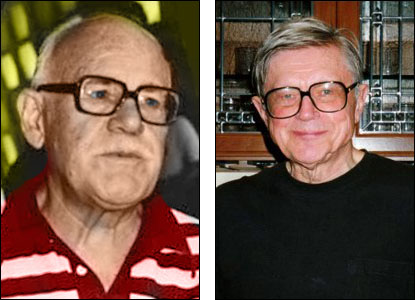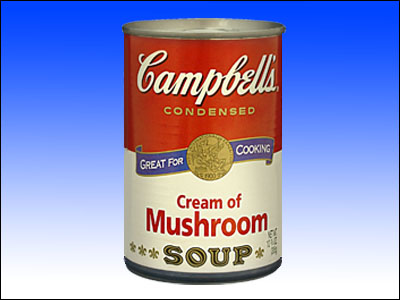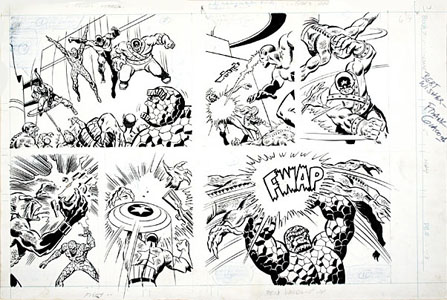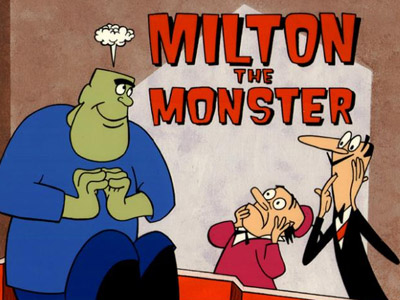Why is my Maxtor One-Touch external hard disk like George W. Bush? Answer: Neither one will read.
Doesn't it always happen this way when you're under the gun? The hard disk went kablooey…and while most things on it are properly backed up, it would make my life so much easier to fix it. At the very least, I'd like to copy off the files that weren't backed up. So I study various facts on the Seagate website. (Seagate acquired Maxtor.) This gets me nowhere so I call tech support…and don't think that's easy. The premise, I guess, is that the more difficult it is to find the phone number, the more likely you are to read the tech stuff on the website, fix the problem yourself and not force them to hire more tech support people.
But I find the number and I call…and again, they don't make it easy. I am on hold for fourteen minutes.
When someone answers, he sounds like a guy on Saturday Night Live doing a clumsy impression of a tech support guy in India. Via a bad phone connection that forces me to repeat everything three times, he takes down vital info, including the fact that I received diagnostic error code DCC56749. He stows me back on hold for five minutes, then comes back on the line to inform me that my hard disk has crashed.
And that, apparently, is all this person knows. When I ask him what I do next, he doesn't know. I am evidently the first person who has ever had this problem.
I think I'm more annoyed by the phone call than I am by the failed hard disk. When I asked the guy on the phone how I might go about getting my data off the failed hard disk, he said, "Uh, go to someone who does data recovery." That advice sounds even dumber when you realize that he didn't suggest his own company's data recovery department. For a not-small amount of cash, they'll try to get back that which you have lost by trusting their product…but I won't be availing myself of this service. Later today, the Maxtor's going over to a friend who specializes in this kind of thing and we'll see what he can do. If he's successful, the recovered data will not be stored on a Maxtor. For reasons that should be obvious.




